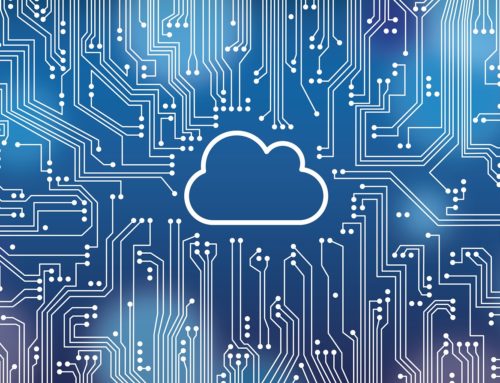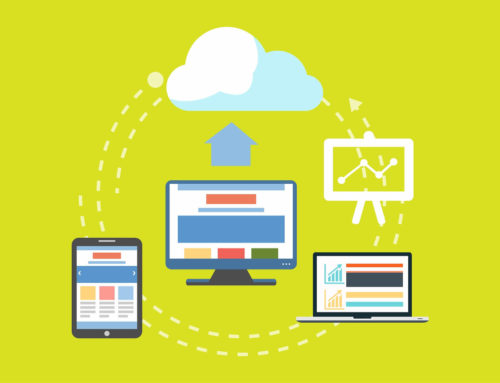Healthcare Providers Must Prepare for IT Disasters
Healthcare Providers Must Prepare for IT Disasters
Healthcare professionals regularly handle the worst. Whether its broken bones, horrible abscesses, disease, or death, but that doesn’t mean they’re ready for all that can cripple their technology.
In 2011, one of the deadliest tornadoes in U.S. history destroyed a large medical center in southwest Missouri. Fortunately, the regional hospital had, only a few weeks earlier, transitioned to Electronic Health Records (EHR). The hospital credits that as a lifeline that helped it have a mobile hospital up and running within a week.
When rebuilding, the hospital invested $60 million in a high-tech datacenter. The datacenter was built to withstand natural disasters and other security threats, and can access alternate power sources.
Although a tornado wreaking havoc may not be a risk for you, it doesn’t take that level of severe winds to knock out your practice. A large storm could leave your office in a foot of water or without access to power. With global warming, severe weather events are growing more common and threatening, and healthcare providers need business continuity plans.
Healthcare Business Continuity Planning
Most medical compliance standards call for disaster preparedness planning. Procedures need to be in place to avoid losing access to data. Record loss from a fire, flood, storm, or ransomware attack can lead to complications or even death.
EHR or EMR, if you know them as electronic medical records, offer many advantages. They can:
- end legibility issues of prescriptions and reports;
- provide 24/7 access to healthcare records;
- reduce duplication;
- save time;
- help providers better understand patient allergies, medications, dosages, diagnoses, and treatment plans.
Yet digitization of medical records is only the beginning. Having digital patient files only works if you have continued access to the data. That means healthcare providers also need to establish:
- well-tested data backups (notice the plural “backups” there?);
- plans for remote access to data;
- alternate plans for communication;
- procedures maintaining copies of sensitive data in a sensitive and secure location.
Making Cybersecurity Readiness a Priority
Manage risk and prepare for disasters with a managed service provider (MSP). MSPs know the threats in the healthcare landscape. They can help develop a risk management and business continuity framework. Along with migrating records, they can support medical databases, provide backups, and set up remote access.
An MSP can put infrastructure in place to cut downtime. Being ready can allow the healthcare provider to get back up and running quickly. MSPs can also make everyday healthcare technology more productive and efficient, plus, they do it without sacrificing security.
You already know that improperly secured information can lead to lawsuits and non-compliance fines. Don’t underestimate missing or incomplete data or downtime caused by a disaster. Avoid cybersecurity challenges that hobble a healthcare provider. Be proactive with healthcare continuity planning and partner with an MSP.
Call us now at 855-955-5600
About the Author

Lindsay is the Director of Client Service Delivery. In addition to ensuring all client services are delivered accurately and timely she is able to easily identify weaknesses in a business and help streamline processes thanks to her Masters degree in Business Management from Indiana Univerity.







